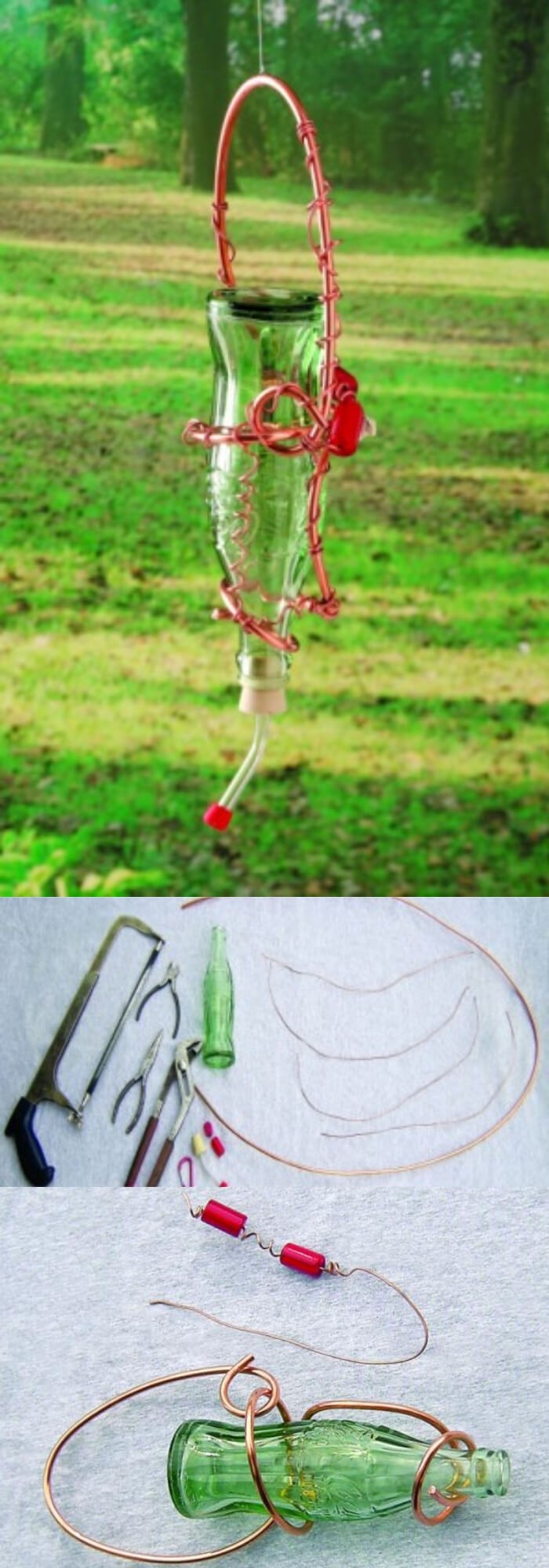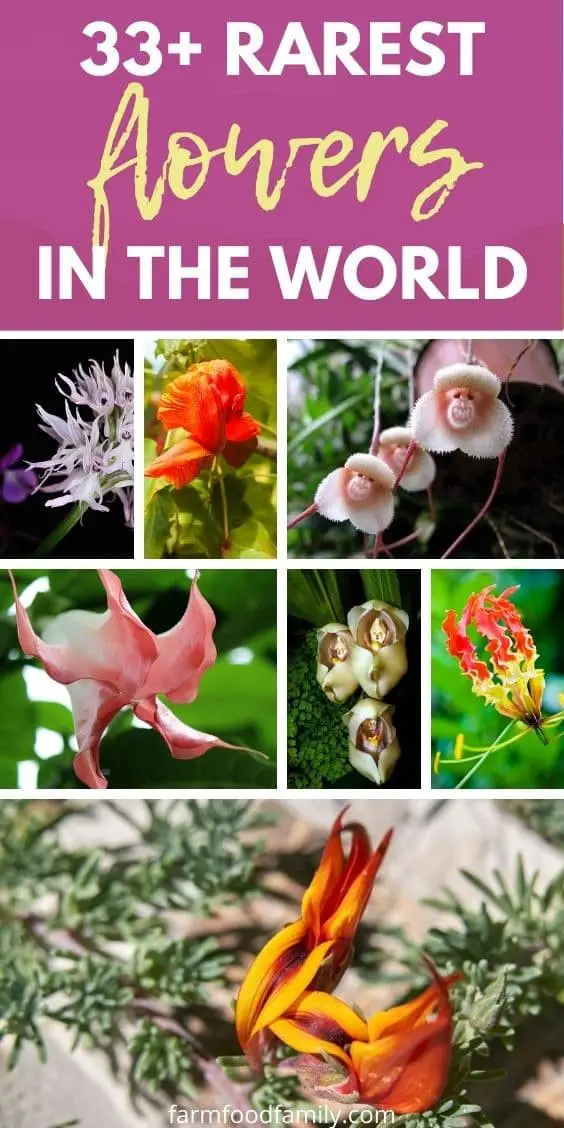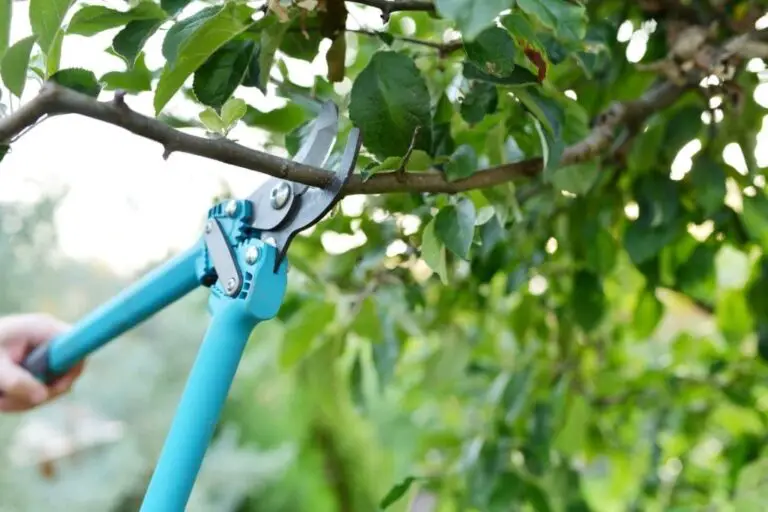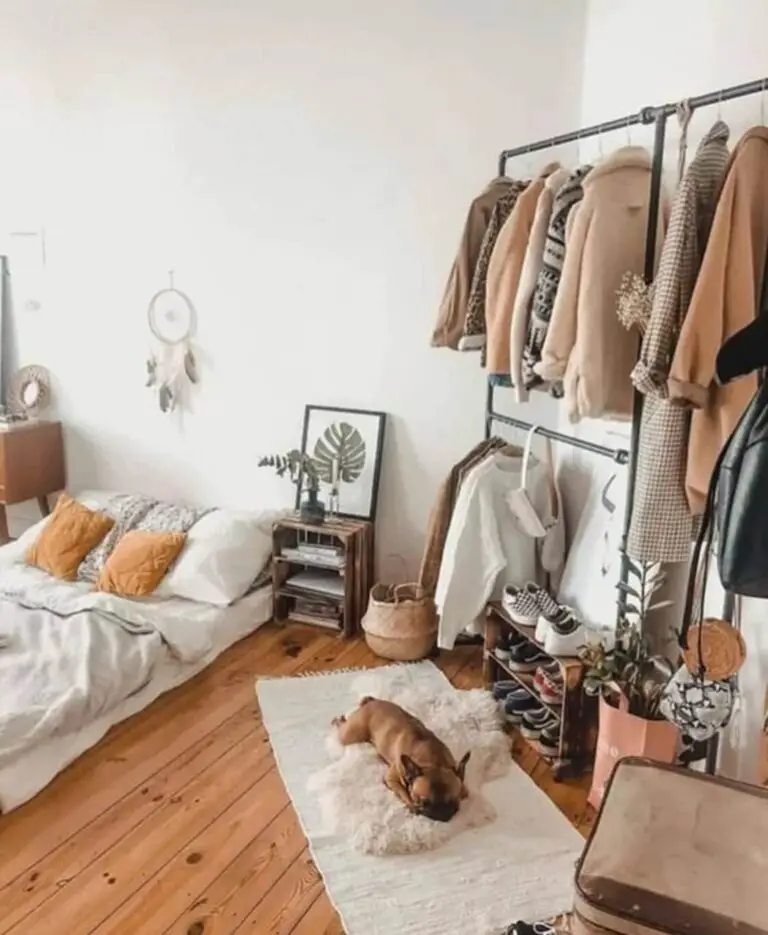31+ Gorgeous Built-In Planter Box Ideas For Indoor And Outdoor Spaces
Imagine transforming your living or working space by integrating built-in planter box ideas. These cleverly designed features not only serve an aesthetic purpose but also provide a functional spot for plants without taking up extra space. The seamless incorporation of these elements into existing structures makes them a fusion of style and functionality.
By incorporating built-in planter boxes, you can bring nature closer, enhance air quality, and even contribute to your well-being by offering a calming presence. It’s not just about following a trend; it’s a strategic move toward creating a more pleasant and lively environment. Whether you’re looking to add some greenery to your indoor living areas or seeking to enrich your outdoor landscape, built-in planter boxes offer versatile solutions.
In this article, we’ll explore creative ideas for both indoor and outdoor settings, practical considerations for installation, and maintenance tips to ensure your greenery thrives.
Considerations Before Installing Built-In Planter Boxes
Before embarking on the project of installing built-in planter boxes, it’s crucial to consider a few essential factors. By taking these elements into account, you can ensure that your planters not only aesthetically pleasing but also functional and long-lasting. Let’s explore the key considerations to keep in mind as we dive into the process.
A. Assessing Space and Sunlight
When it comes to planning built-in planter boxes, understanding the nuances of your space’s lighting conditions is vital. Plants require varying levels of sunlight to thrive, and not all areas receive equal amounts of natural light. To ensure the success of your plantings, take note of the patterns of light and shadow throughout the day.
This will enable you to select the most suitable plants for each area, considering factors such as low natural light, high natural light, or moderate illumination. By doing so, you’ll be able to create a harmonious balance between your space’s lighting conditions and the needs of your plants.
B. Choosing Materials for Durability and Aesthetics
When selecting materials for your built-in planter boxes, it’s essential to balance durability and aesthetic appeal. Outdoor planters require materials that can withstand harsh weather conditions, including rain, wind, and sun, without compromising their integrity. In contrast, indoor planters must be able to handle moisture and be easy to clean, making a material with low maintenance needs ideal.
The table below outlines the characteristics of various material types, showcasing those that excel in both durability and visual appeal.
C. Understanding Drainage Requirements
Healthy plants rely heavily on good drainage, as stagnant water can cause root rot and other problems. When designing built-in planters, it’s essential to consider how excess water will be released. This might involve drilling holes in the bottom of the planter or incorporating a layered base that allows water to drain away from the roots, thereby preventing damage and promoting overall plant well-being.
D. Considering the Maintenance Needs
When it comes to built-in planter boxes, consider the time you can dedicate to maintaining them. The upkeep requirements of various plants vary significantly, so it’s crucial to design your planters with your maintenance style in mind. For instance, if you have a busy schedule, look for low-maintenance plants and planter designs that make care easy. This could include self-watering systems or hardy plants that can withstand neglect.
Additionally, ensure the planters are easily accessible for pruning and other care tasks, which will simplify maintenance and reduce the time spent on upkeep. By taking these considerations into account, you’ll be well-prepared to create a beautiful and sustainable green space.
Indoor Built-In Planter Box Ideas
By incorporating built-in planter boxes, you can transform your indoor space into a serene oasis that not only purifies the air but also provides an abundance of fresh herbs and greenery right at your fingertips. In this article, we’ll be exploring the often-overlooked window sill as a means to bring the outdoors in, creating a harmonious blend of nature and modern living.
A. Window Sill Planter Boxes for Herbs and Flowers
When working with limited space, every inch counts. Window sills offer a great opportunity to create functional and visually appealing built-in planters that seamlessly integrate with the surrounding architecture. By designing a planter that fits snugly along the sill’s length, you can optimize the use of this often-wasted space. A sleek and unobtrusive design will allow for maximum light exposure, while also complementing the window’s style.
When selecting plants for your indoor window sill garden, it’s crucial to consider the specific conditions they’ll be exposed to. Herbs like basil, chives, and mint are excellent choices for kitchen windows, providing a convenient source of fresh flavors. For decorative flowers, African violets or orchids are well-suited to indoor environments and can add a pop of color to the room.
In addition to choosing plants that thrive in low-light conditions, it’s also important to consider their growth habits and water needs. Compact plants are ideal for small spaces, as they won’t quickly outgrow the area. Grouping plants with similar watering requirements together will simplify care and prevent over or under-watering. By thoughtfully selecting plants and designing your window sill planter boxes to suit small spaces, you can create a beautiful and functional indoor oasis.
B. Living Room Divider Planter Boxes
Incorporating built-in planter boxes as dividers in your living room can have a profound impact on its functionality and ambiance. Not only do they provide privacy and reduce noise, but they also add an organic element to the space. To create a functional and harmonious setup, ensure that these living dividers have a stable base and are proportionate to the room’s scale. This will prevent them from overwhelming the space while still serving their purpose effectively.
When it comes to integrating your built-in planter boxes into existing decor, consider the room’s current style and color scheme. Use materials and plants that complement your furniture and decor, ensuring a seamless blend. If you’re aiming for a modern aesthetic, opt for clean lines and minimalist designs. For a more traditional space, classic wood finishes and lush foliage might be more fitting.
The key is to strike a balance between enhancing the living space’s aesthetic and maintaining the functionality of the planter boxes.
C. Kitchen Counter Built-In Planters
Having fresh herbs at your fingertips can revolutionize the way you cook and interact with your kitchen. A built-in planter box on your kitchen counter can provide a convenient source of fragrant herbs like basil, parsley, or cilantro as you prepare meals. This setup should be placed in an area that receives ample natural light, preferably near a window, and be easily accessible during meal prep. This way, you’ll always have the perfect herb to add flavor and freshness to your dishes.
To effectively incorporate this planter box into your kitchen workflow, consider the placement and size of the planter. It should complement the kitchen’s functionality without disrupting it or taking up valuable counter space. Design the planter to be narrow and run along the backsplash or perimeter of the counter, ensuring it’s out of the way yet still within reach.
Choose materials that match your countertops for a cohesive look and opt for herbs that you frequently use in your cooking for maximum benefit. By incorporating these built-in planter box ideas into your living spaces, you not only add greenery to your home but also enhance the functionality and aesthetic of your kitchen.
With thoughtful design and appropriate plant selection, these planter boxes can become an integral part of your daily life, providing a convenient source of fresh herbs and adding warmth and coziness to your cooking routine.
Outdoor Planter Ideas for Patios and Decks
Transform your outdoor spaces by incorporating harmonious planters that blend effortlessly with your patio or deck. Beyond their aesthetic value, these features also offer functionality, seclusion, and a sense of connection to nature – all essential elements for creating an inviting atmosphere perfect for relaxation and social gatherings.
A. Patio and Deck Planters
Transforming your patio or deck into an oasis is just a matter of incorporating planters that not only complement the surrounding environment but also provide a natural barrier. These versatile containers can carve out intimate spaces, shield you from view, and add a pop of color with vibrant foliage or blooms. With customizable sizes to fit any layout, you’re free to create a unique atmosphere that reflects your personal style.
When it comes to choosing materials for your outdoor planters, durability is key. Weather-resistant options like treated lumber, coated metal, stone, or concrete can withstand the elements while maintaining their aesthetic appeal. Treated lumber offers a sturdy complement to wooden structures, while metals with rust-resistant finishes provide a sleek and modern look. Stone or concrete planters, on the other hand, combine durability with a timeless charm.
While selecting the right materials is crucial, it’s also important to consider the benefits and considerations of each option. For instance, treated lumber requires treatment for longevity, while coated metal needs a protective coating to prevent rust. Stone or concrete planters may require professional help for placement due to their weight. By incorporating these planters into your outdoor design, you’re not only adding visual interest but also enhancing the functionality of your space.
Whether you’re looking to create a dramatic floral display or a subtle green touch, these planter ideas can be adapted to suit your style and outdoor living needs.
B. Balcony Rail Planter Boxes
When it comes to maximizing small outdoor spaces, such as balconies, balcony rail planters can be a game-changer. By utilizing vertical space, you can grow a variety of plants without sacrificing valuable floor area. Not only do they add a touch of greenery to your high-rise haven, but they also serve as a seamless extension of your indoor space. However, it’s essential to prioritize safety and installation considerations when adding planters to your balcony rail.
A secure attachment is crucial to prevent accidents, so choose fasteners that are strong and weather-resistant. Additionally, consider the weight distribution of your planters to ensure that they don’t strain the railing’s stability. Opt for lightweight and durable materials to reduce stress on the structure. To achieve a stable setup, evenly distribute plants and soil across multiple planters or use a planter with built-in drainage to prevent water accumulation.
Finally, select planters that are designed to withstand various weather conditions, such as wind, rain, and extreme temperatures.
C. Garden Retaining Wall Planter Boxes
When it comes to landscaping, combining form and function is key. One way to achieve this is by incorporating retaining walls with planter boxes. Not only do these structures prevent soil erosion, but they also provide a tiered planting area that adds depth and visual interest to your outdoor space. By integrating planters into the retaining wall, you create a multifunctional feature that serves both as a supportive structure and a showcase for your favorite plants.
When designing a retaining wall planter, it’s crucial to consider structural integrity and plant health. The design must accommodate proper drainage to prevent water buildup from weakening the wall over time. Additionally, think about the root growth of the plants you choose, as some species can be invasive and compromise the wall’s stability.
To ensure a successful retaining wall planter, consider the following key factors:
* Drainage: Implement adequate drainage solutions to prevent water damage and preserve the wall’s integrity.
* Plant Selection: Avoid plants with invasive roots that could compromise the structure. Instead, opt for species that complement the wall’s design and function.
* Wall Material: Choose materials that can withstand the soil’s pressure, ensuring lasting durability and support.
By thoughtfully designing balcony rail planters and garden retaining wall planters, you can elevate the beauty and functionality of your outdoor spaces. These planter options allow you to enjoy nature’s bounty, even in smaller or structured areas, while prioritizing safety and structural soundness.
Innovative Planter Designs
A. Edible Garden Walls
Transform your walls into thriving green oases with integrated vertical gardening systems. This innovative approach to growing your own food maximizes limited space while creating a visually striking display of edible plants. By utilizing the vertical planes of your walls, you can cultivate a variety of leafy greens, herbs, and even strawberries in a compact yet functional format. The possibilities are endless when it comes to selecting the perfect plants for your edible wall.
Leafy greens like lettuce, spinach, and Swiss chard excel in vertical conditions due to their shallow roots and rapid growth. Herbs such as basil, mint, and chives are also well-suited, providing fresh flavors within easy reach. Strawberries can even be supported to grow vertically, offering a sweet and attractive addition to your edible wall. The benefits of this method go beyond mere aesthetics, as it allows you to enjoy a constant supply of fresh produce while minimizing space consumption.
B. Succulent Art Installations
Succulent installations have taken center stage as innovative and stylish additions to indoor and outdoor spaces. Their low maintenance requirements make them perfect for busy individuals or those new to plant parenthood. With a diverse range of colors, textures, and shapes, succulents can be designed into statement pieces that provide maximum visual impact while demanding minimal care. To create a living artwork with succulents, consider the composition of your design.
Mixing different species can create patterns, contrasts, and visual interest through varying shades and leaf shapes. These plants thrive in shallow soil and require little water, making them ideal for artistic displays and vertical planters. When designing with succulents, think about incorporating design elements such as color variation, texture contrast, and composition to add depth, tactility, and visual appeal.
For instance, combining different hues can add visual interest, while pairing smooth and spiky succulent varieties creates a tactile experience. Innovative planter designs like edible garden walls and succulent art installations not only showcase gardening creativity but also offer functional benefits. They enable you to grow your own food or enjoy ornamental plants in a new and exciting way, even when space is limited.
These designs bring the joy of gardening into the modern home with style, practicality, and a touch of artistic flair.
DIY Planter Box Projects
A. Step-by-Step Guide to Creating a Simple Indoor Planter
For a personalized touch, create an indoor planter by following this step-by-step guide. With minimal materials and basic tools, you can craft a functional and attractive container for your plants. Start by gathering essential materials, including wood planks, a saw, screws, drill, sandpaper, and a waterproof liner. Next, measure out the desired dimensions of your planter and cut the wood to size using the saw.
Assemble the box shape by attaching sides, bottom, and top edges with screws, then use the drill to secure any loose joints. Smooth out any rough edges with sandpaper before applying a finish to protect the wood. To prevent water damage, line the inside of the planter with a waterproof material. Finally, fill your new container with soil and add your chosen plants for a beautiful addition to any room.
B. Building an Outdoor Planter Box with Seating
To elevate your outdoor space, consider building an integrated planter with seating. This unique feature can serve both functional and aesthetic purposes. To get started, follow these steps:Firstly, envision the dimensions of your planter and identify a suitable location that can accommodate both the planting area and seating. Think about the layout and how you want to utilize this new addition. Next, select materials that are weather-resistant and suitable for outdoor use.
This may include wood, metal or composite materials. Once you’ve chosen your materials, construct the frame of the planter and attach the seating area. Ensure the structure is secure, stable and can withstand various environmental conditions. After the initial construction is complete, apply a sealant to protect the wood from the elements. This will help maintain its appearance and extend its lifespan. Finally, fill the planter with soil and add your favorite flowers or herbs.
With this multi-functional feature in place, you’ll have a beautiful and functional outdoor space that’s perfect for relaxing, entertaining or simply enjoying nature.
C. Upcycling Materials for Eco-Friendly Planters

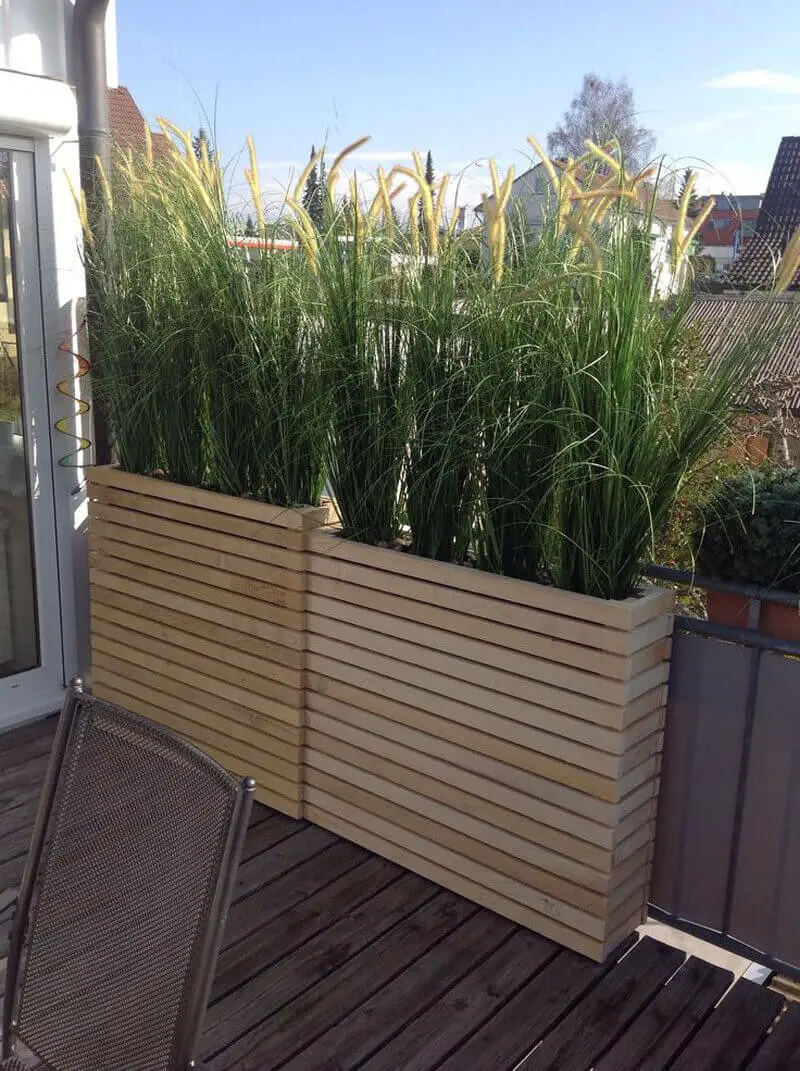
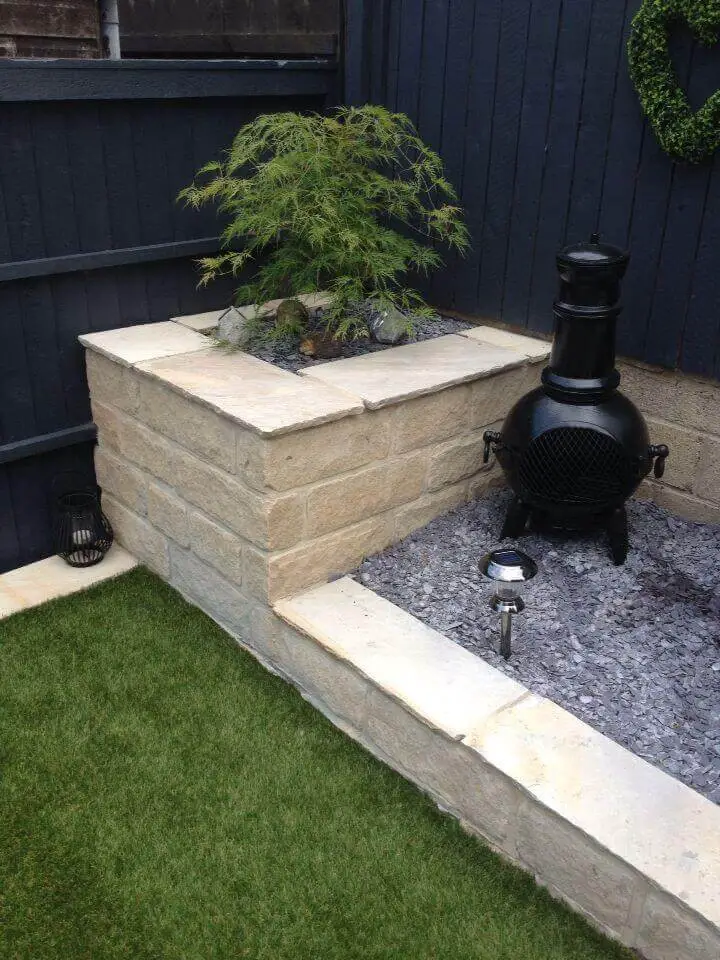
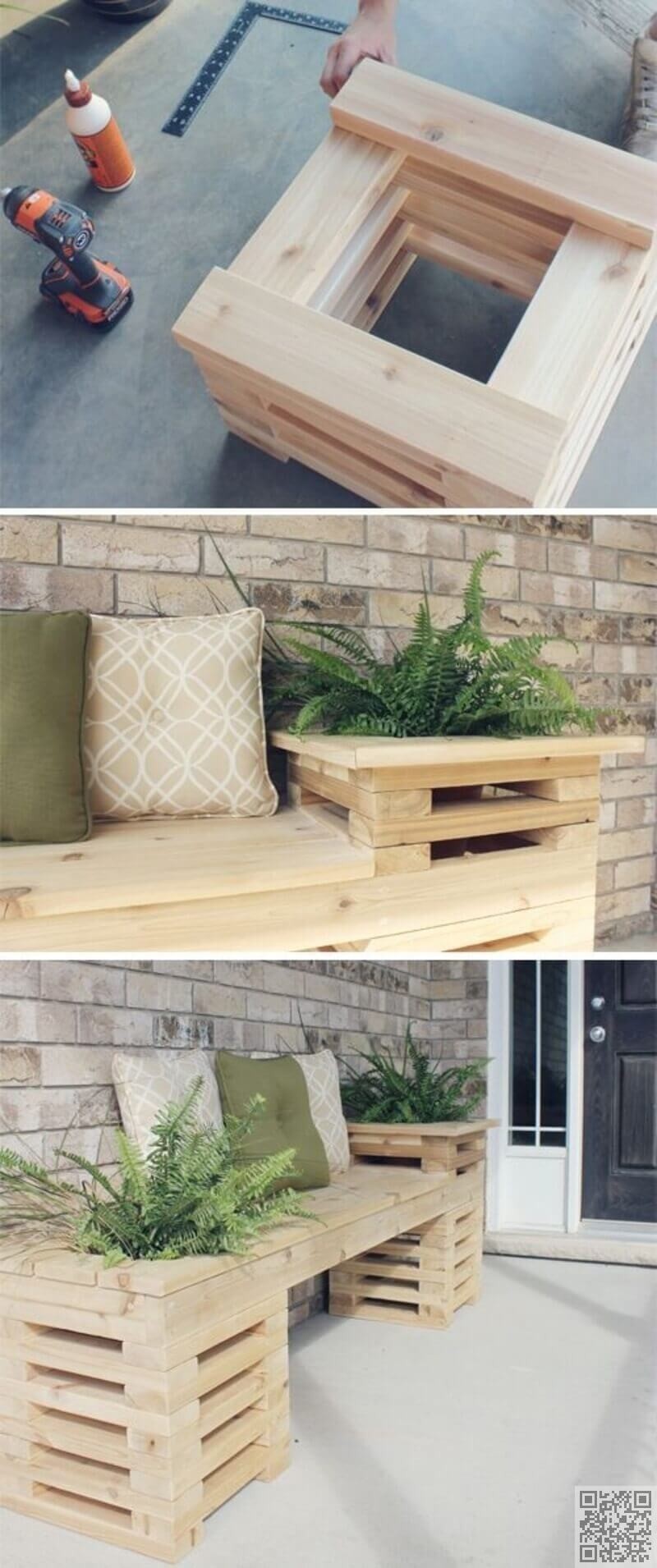
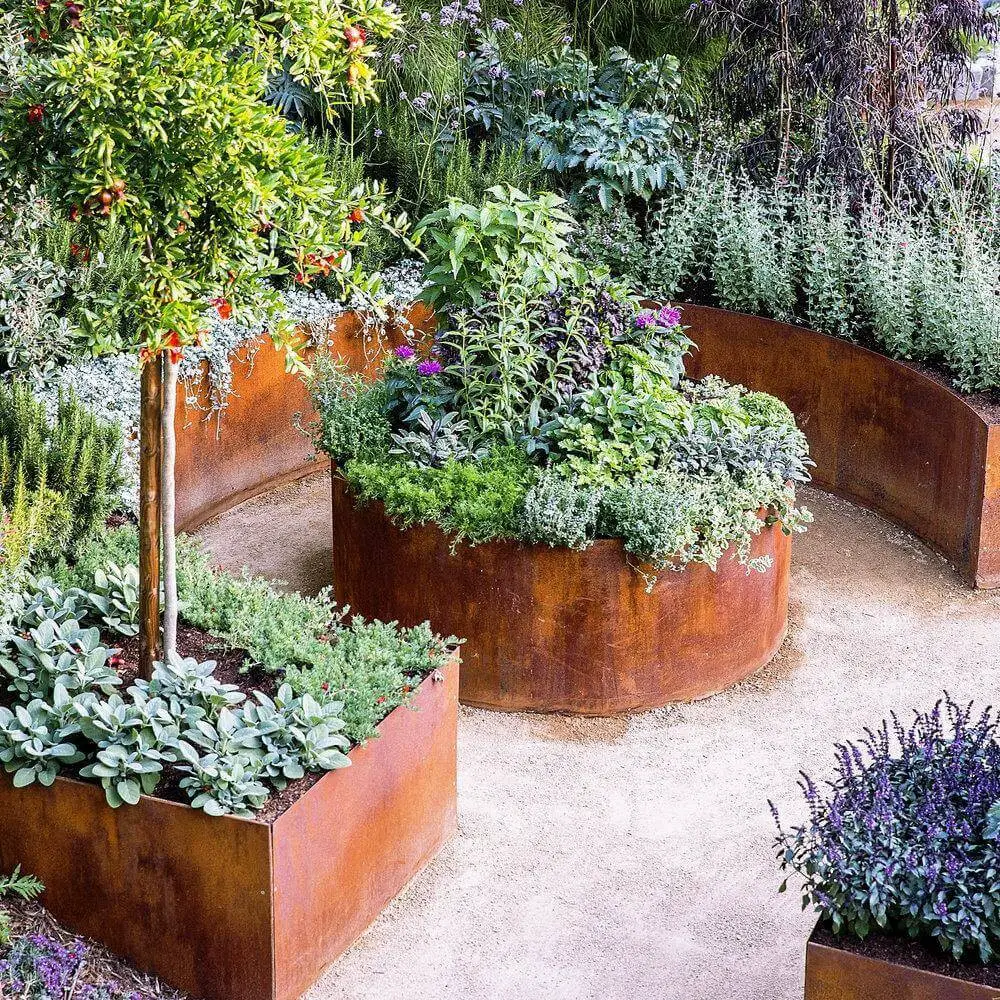
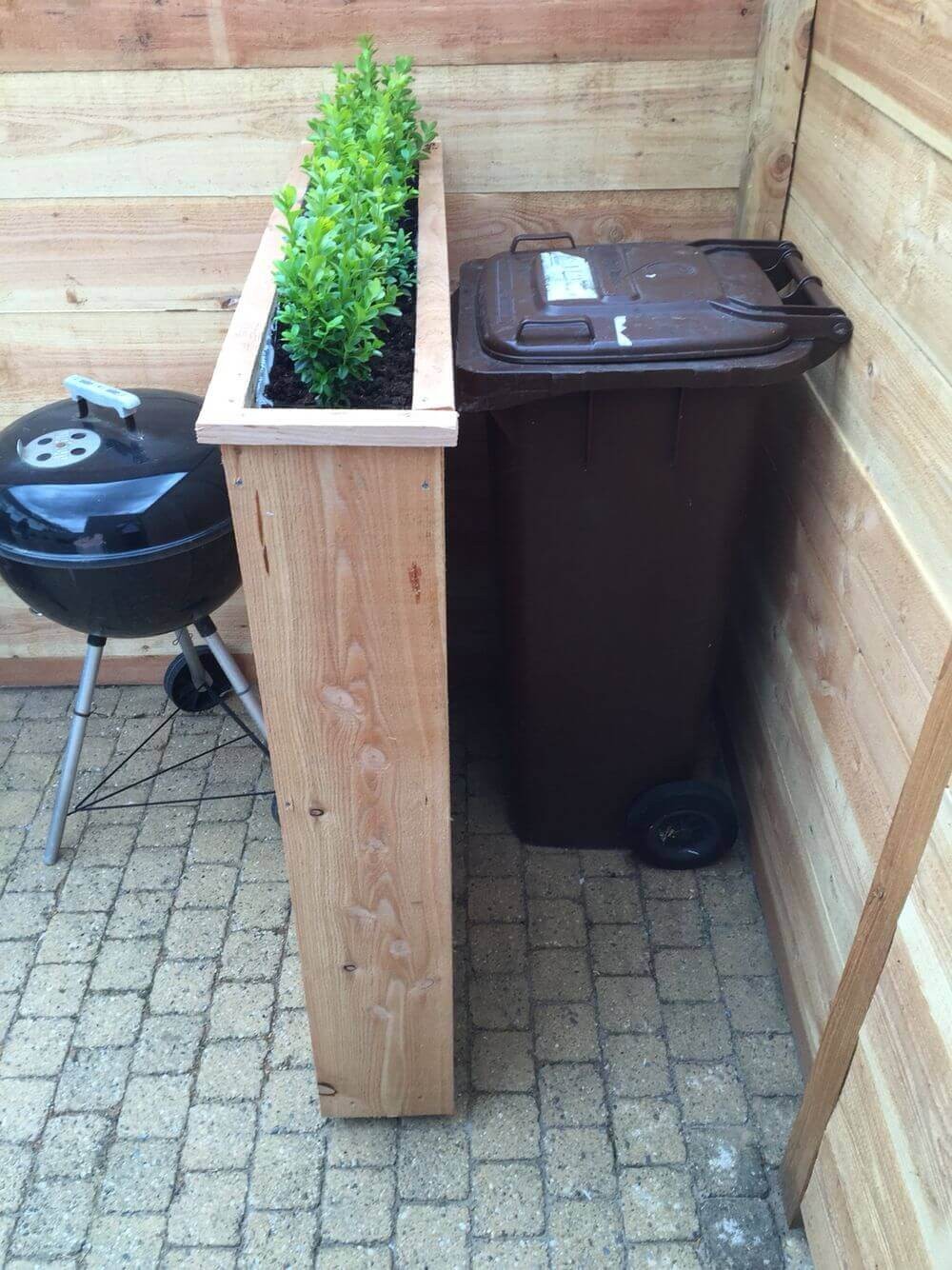
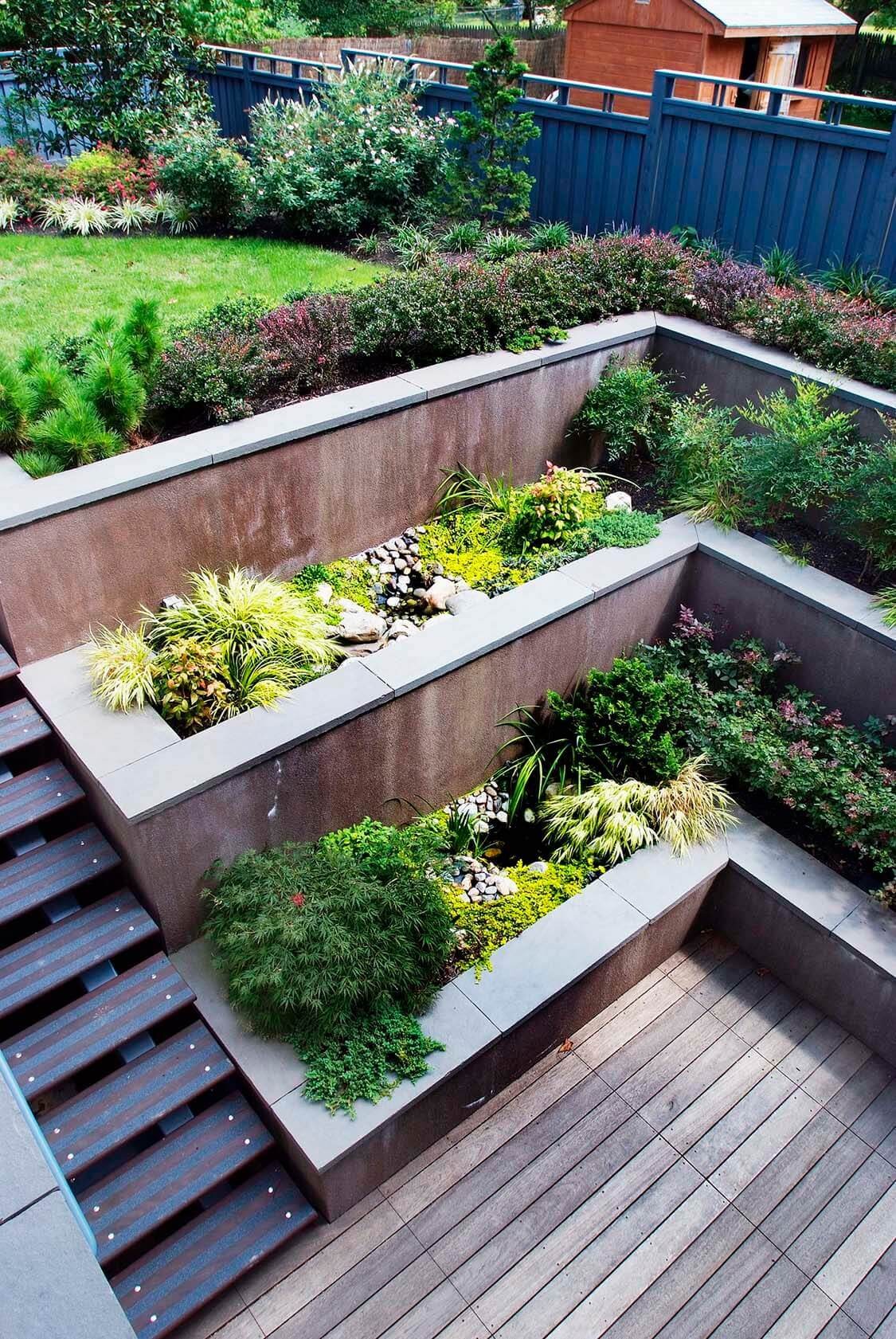
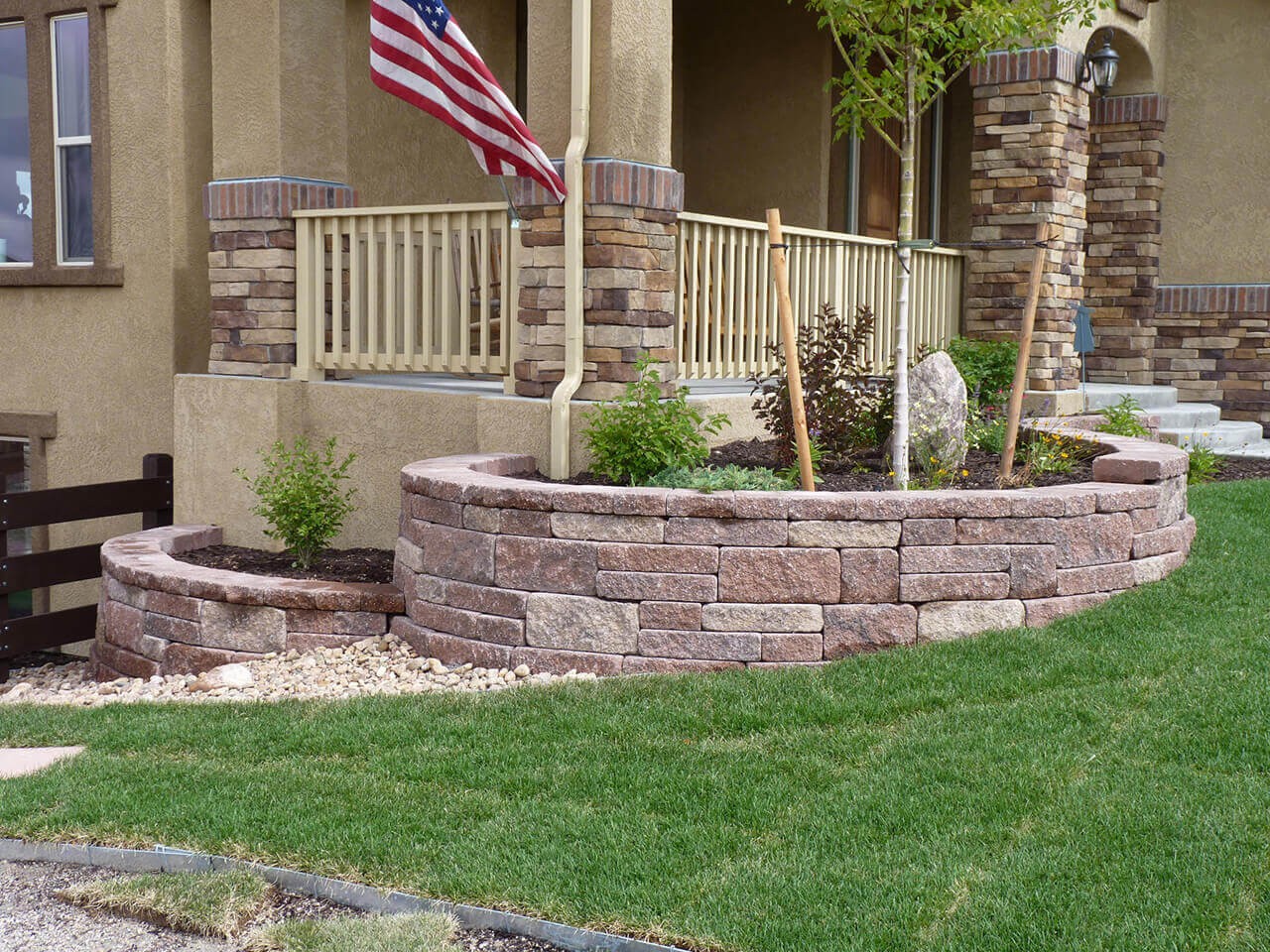

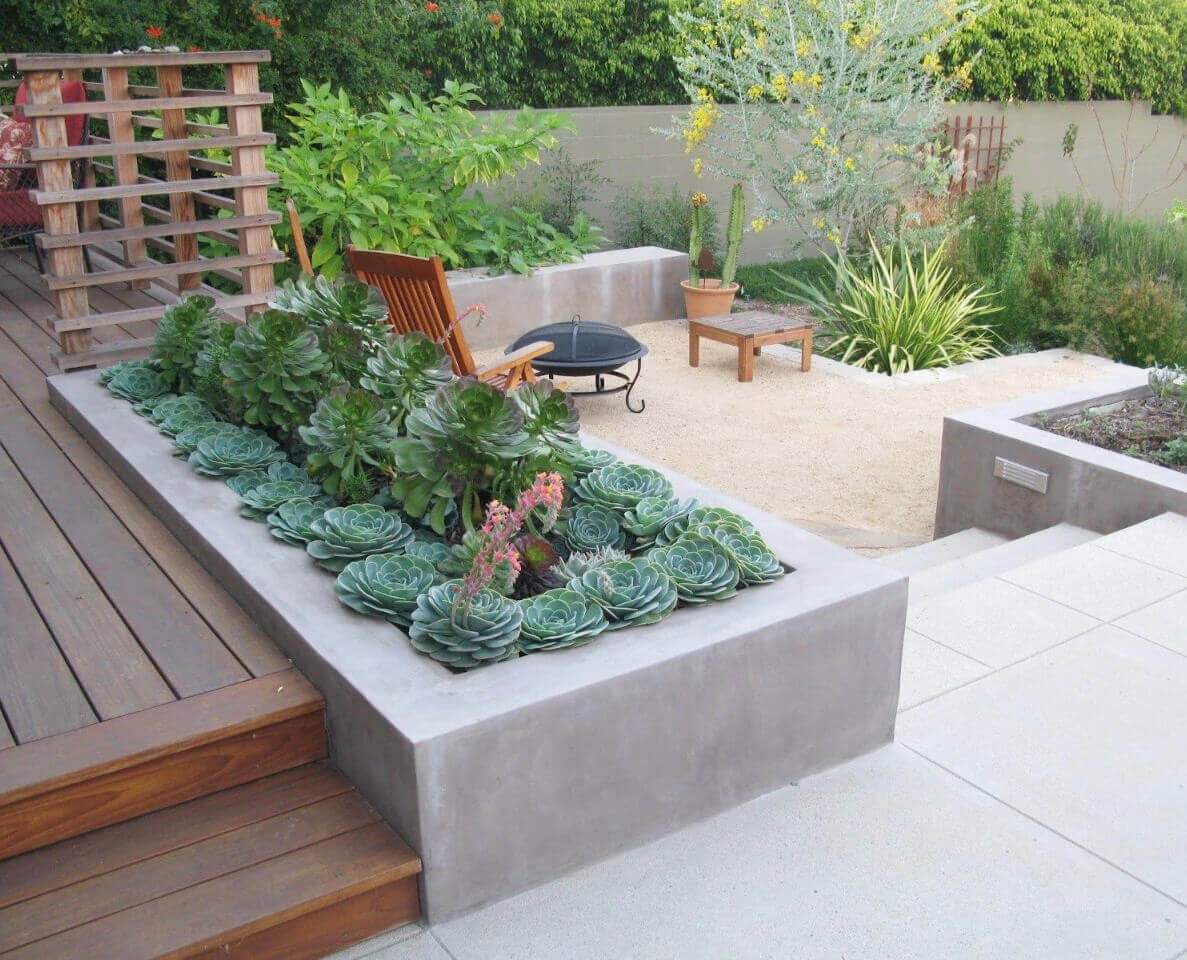
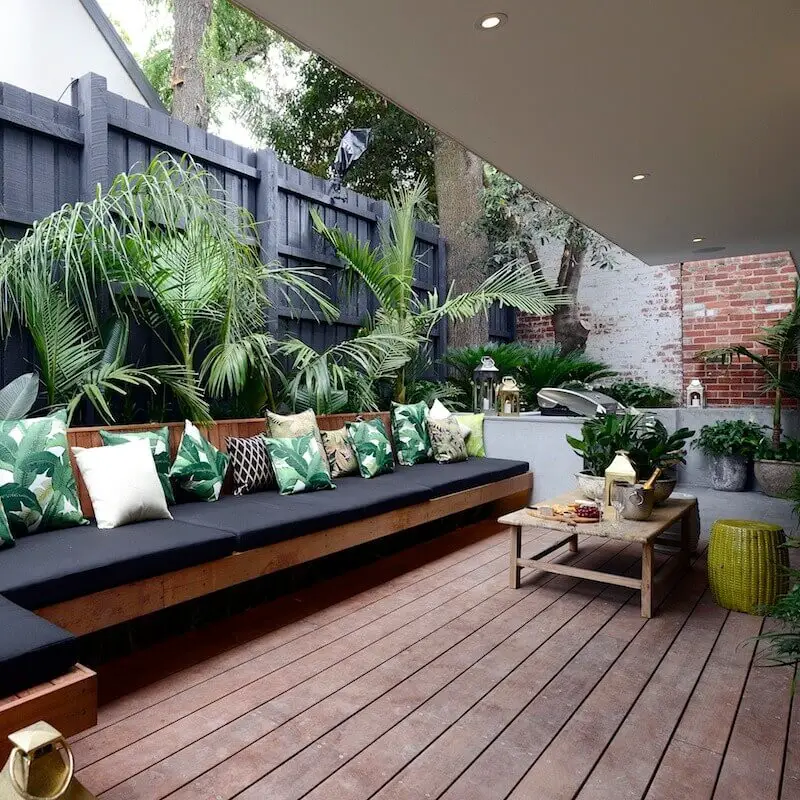
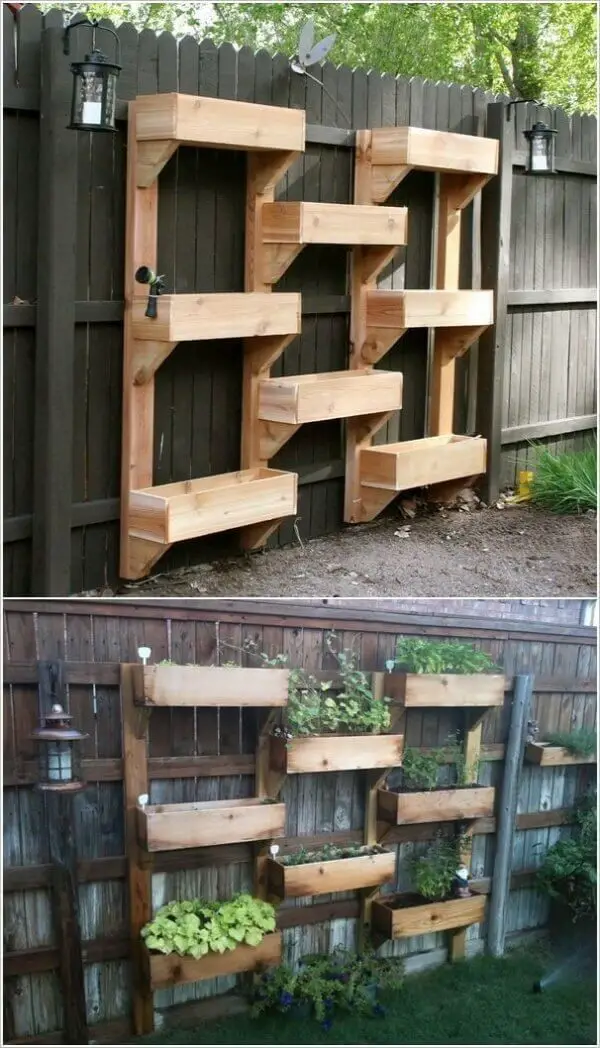
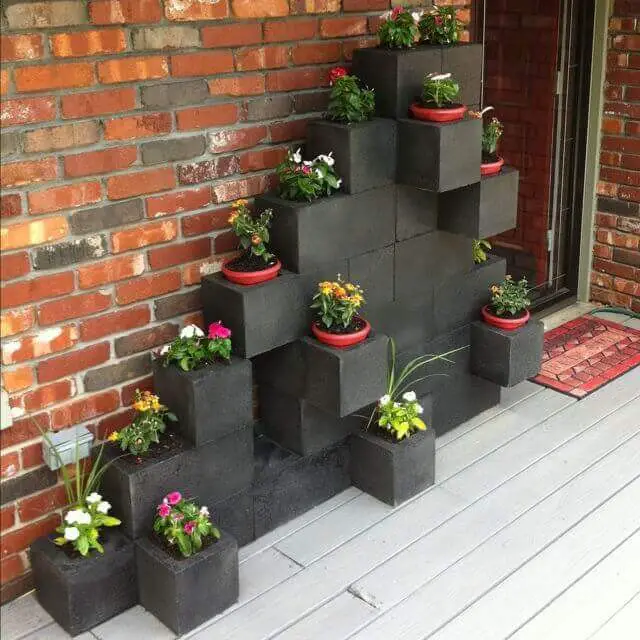
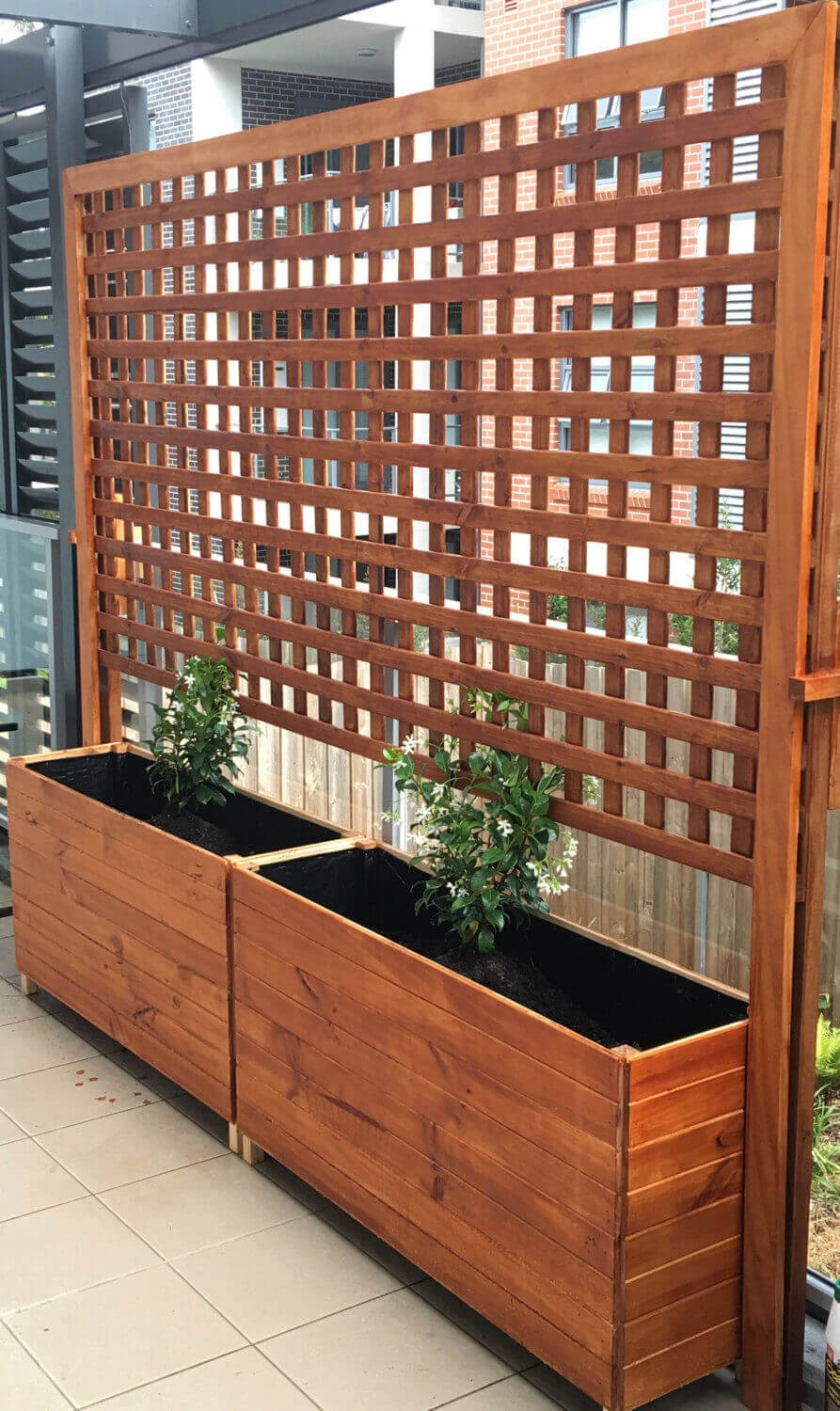
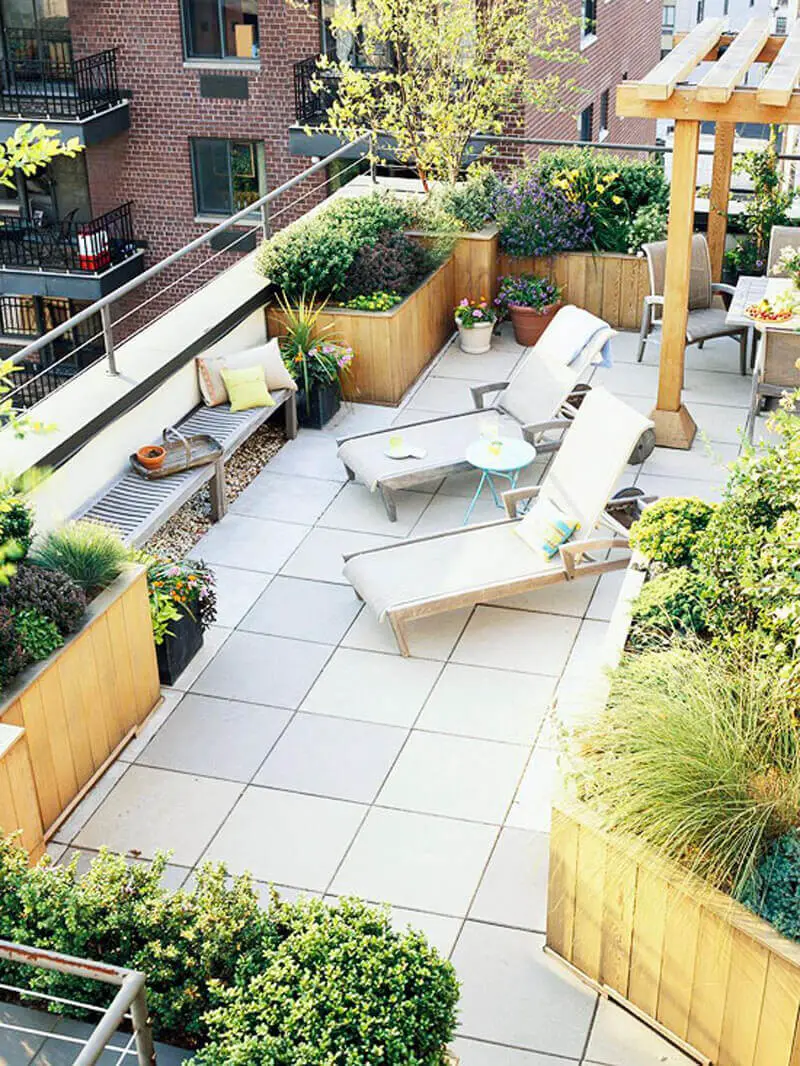
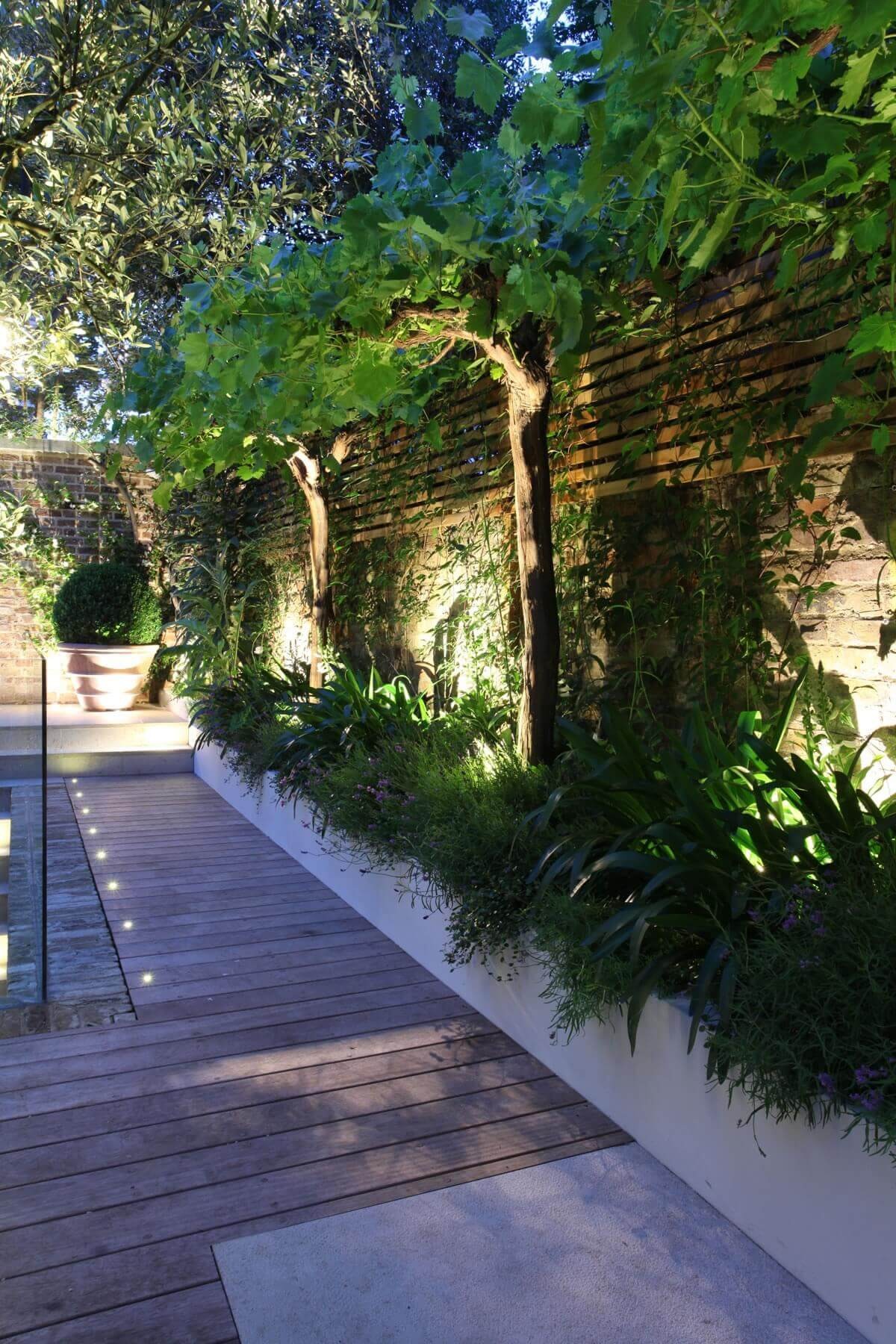
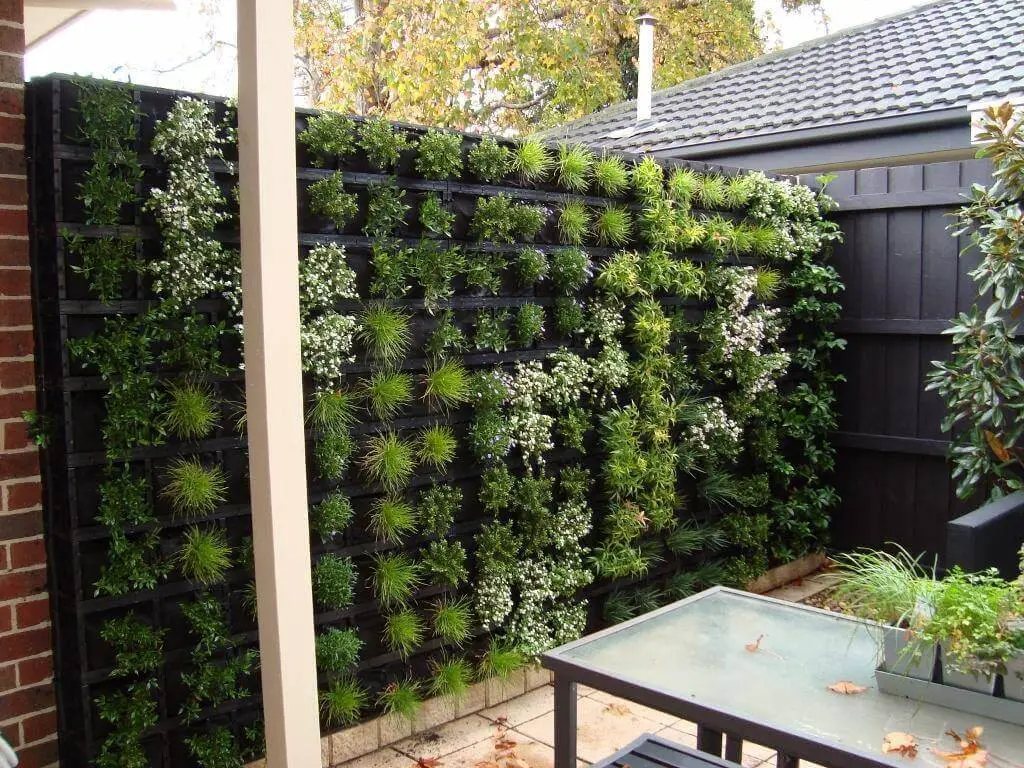
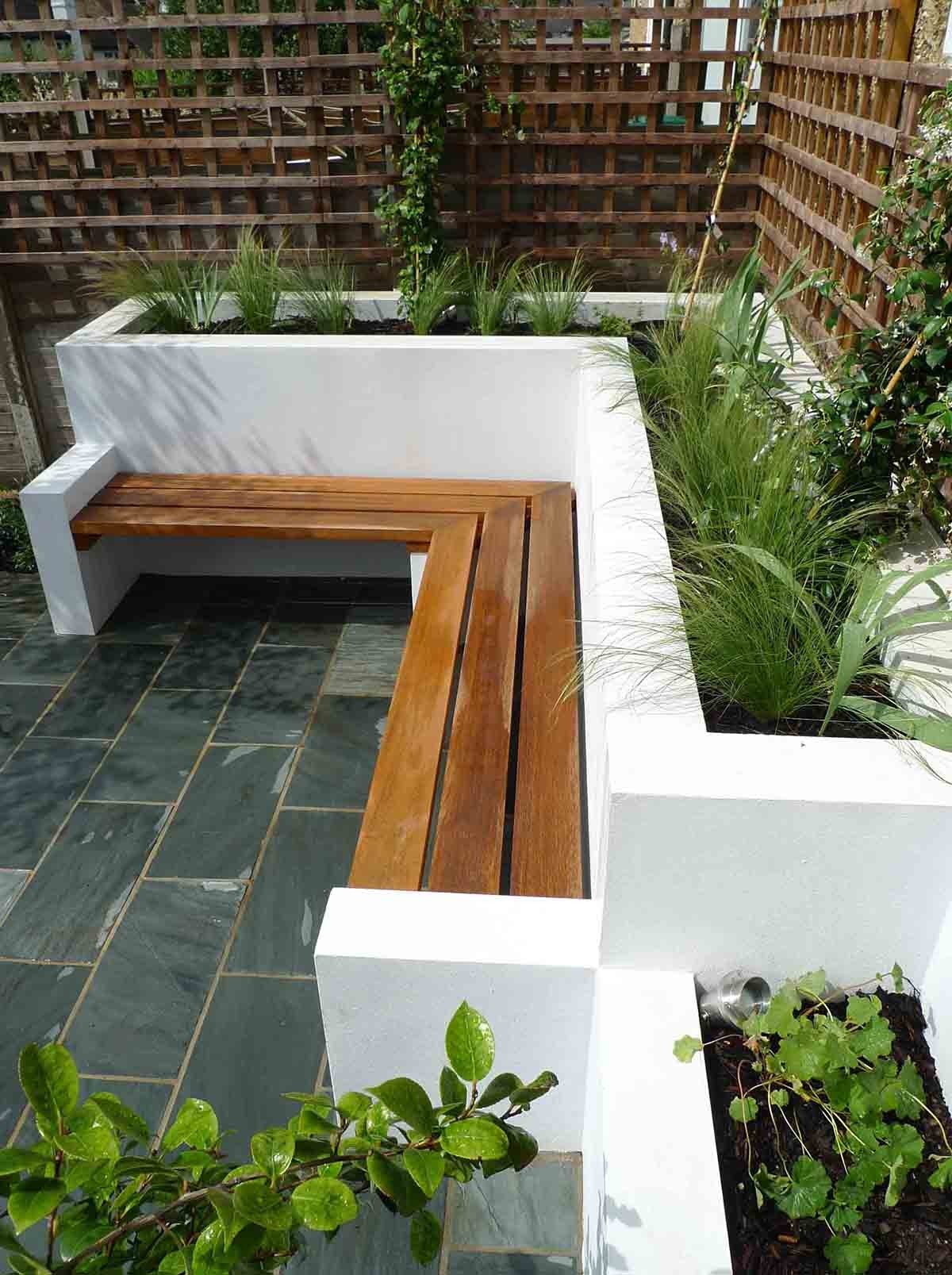
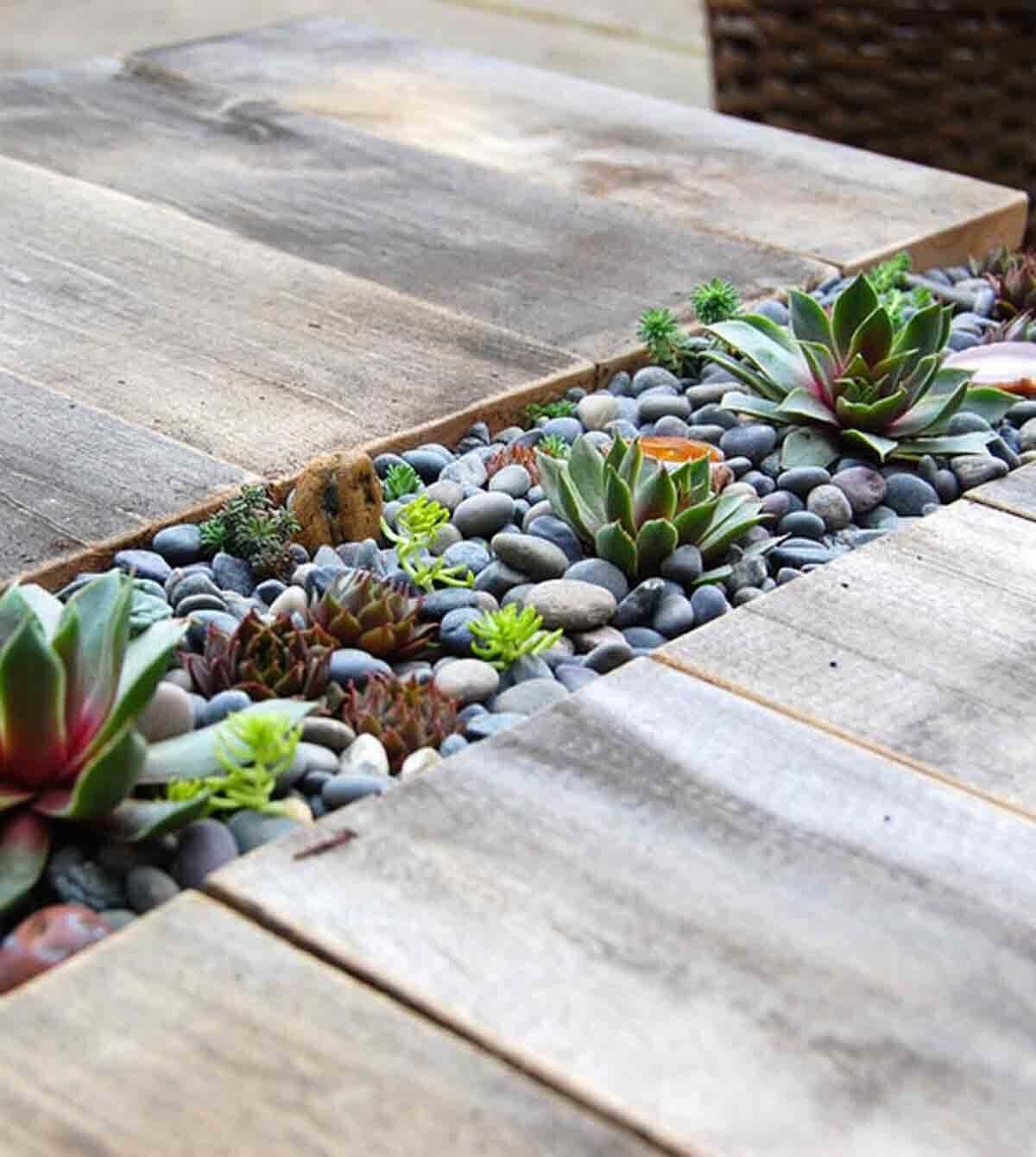
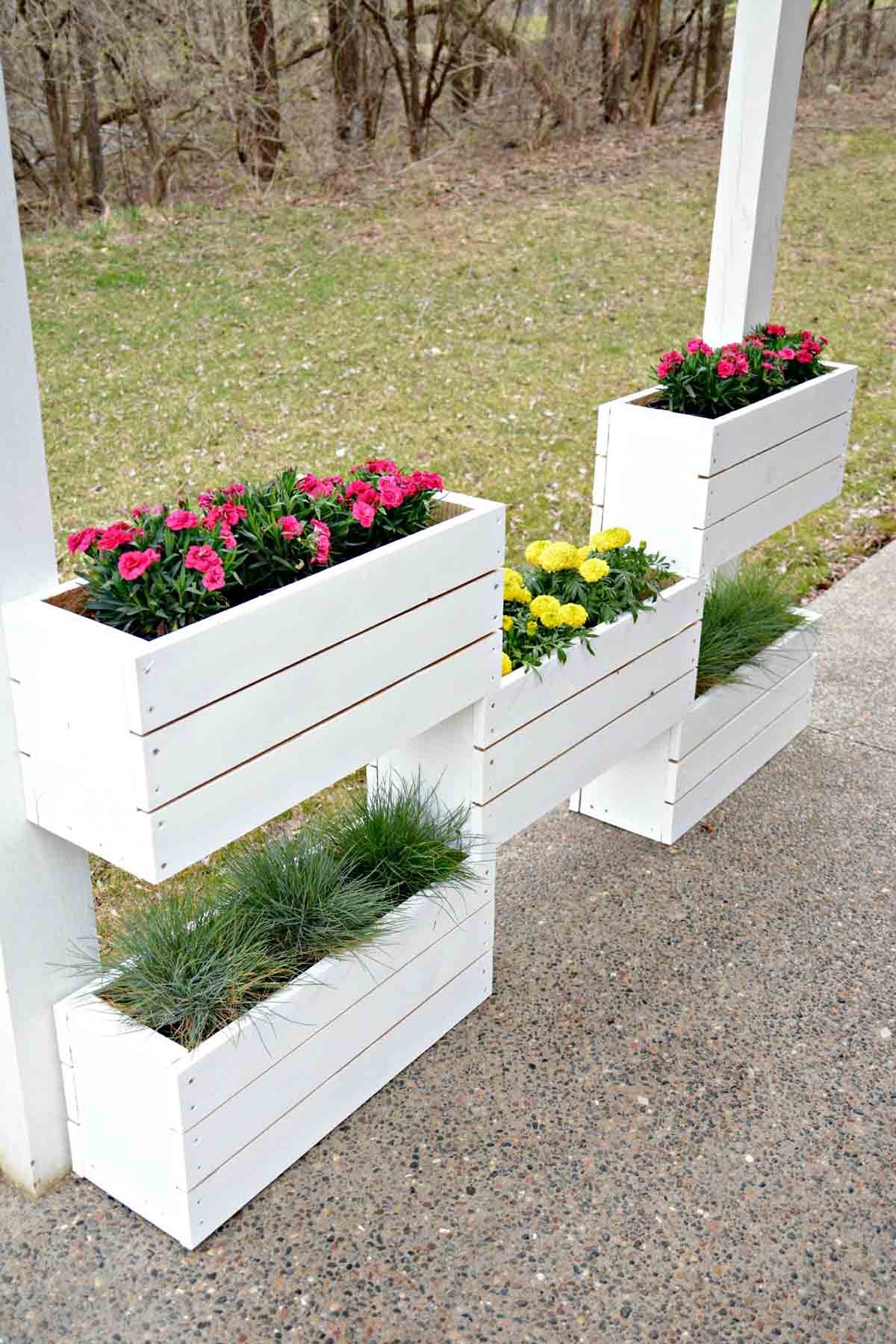
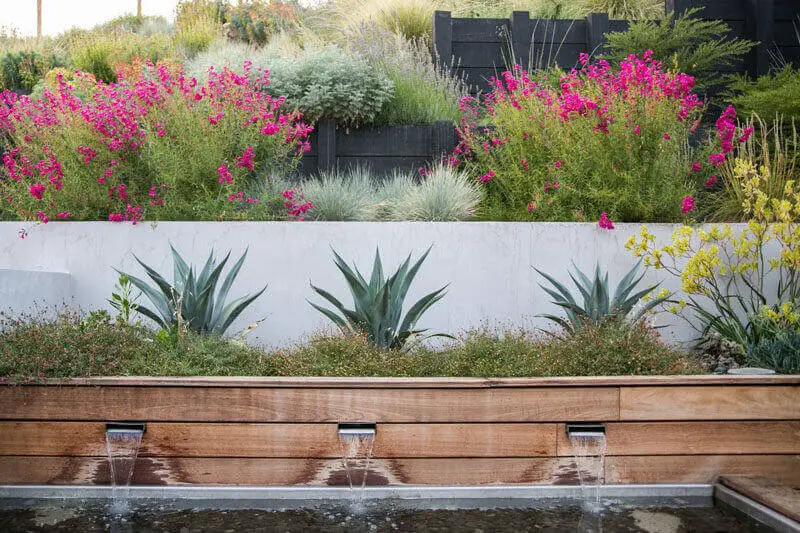
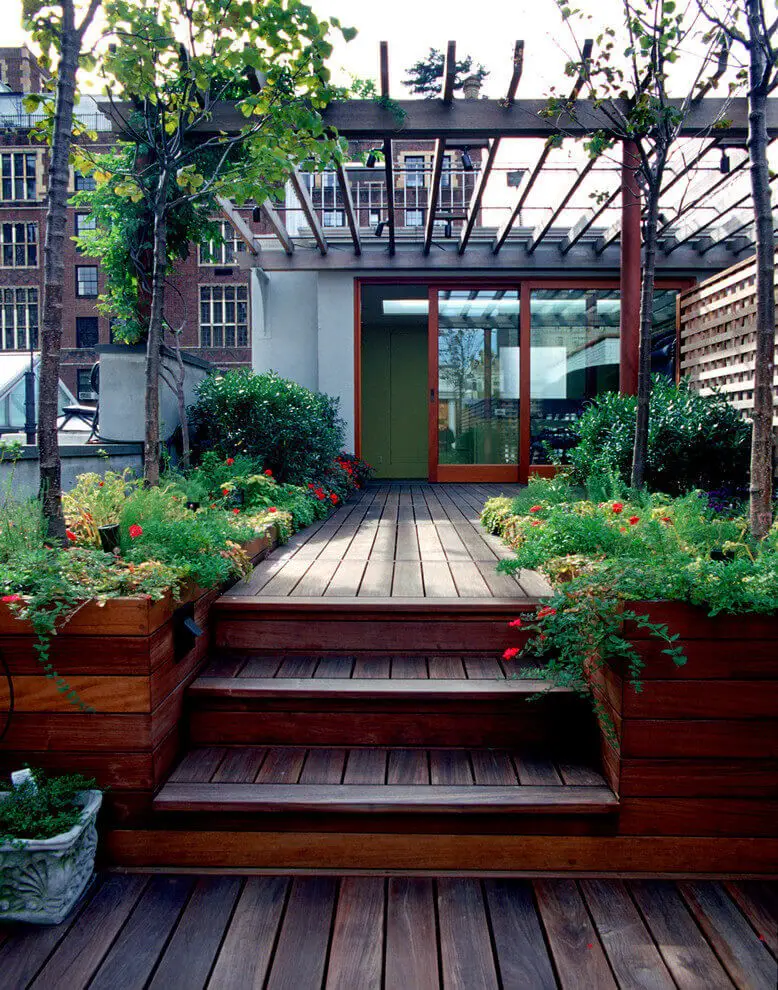
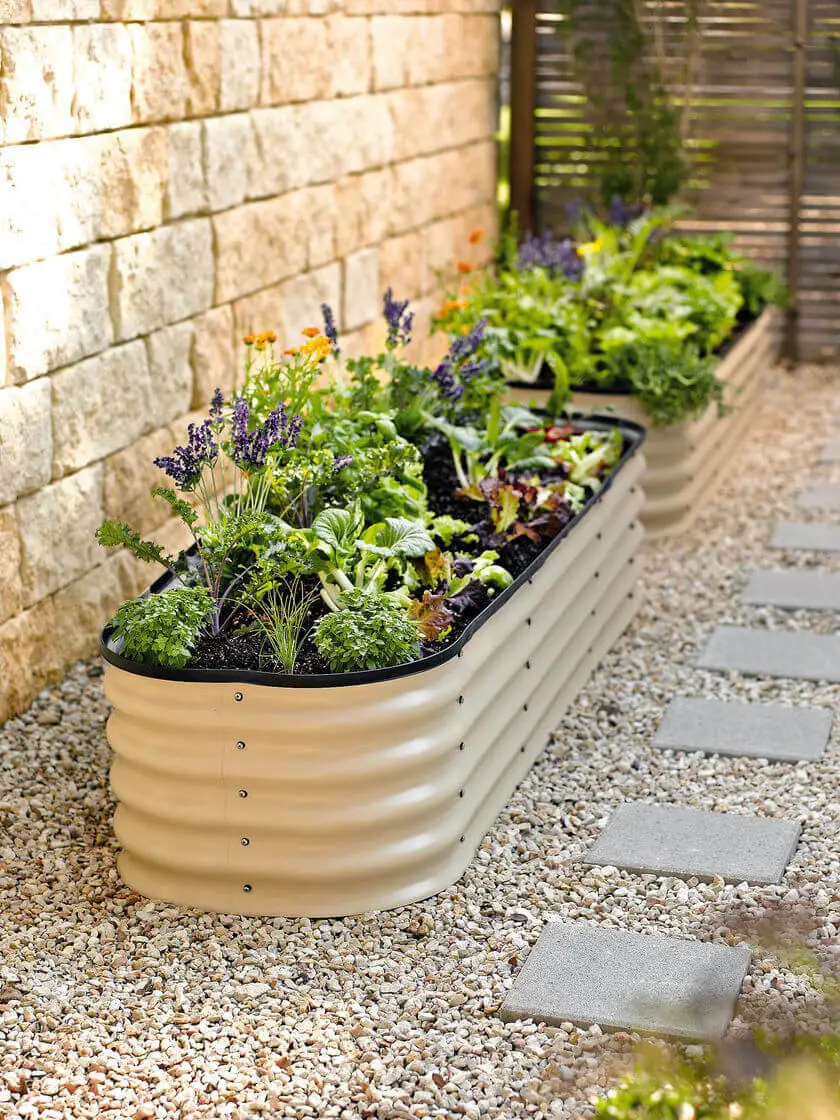
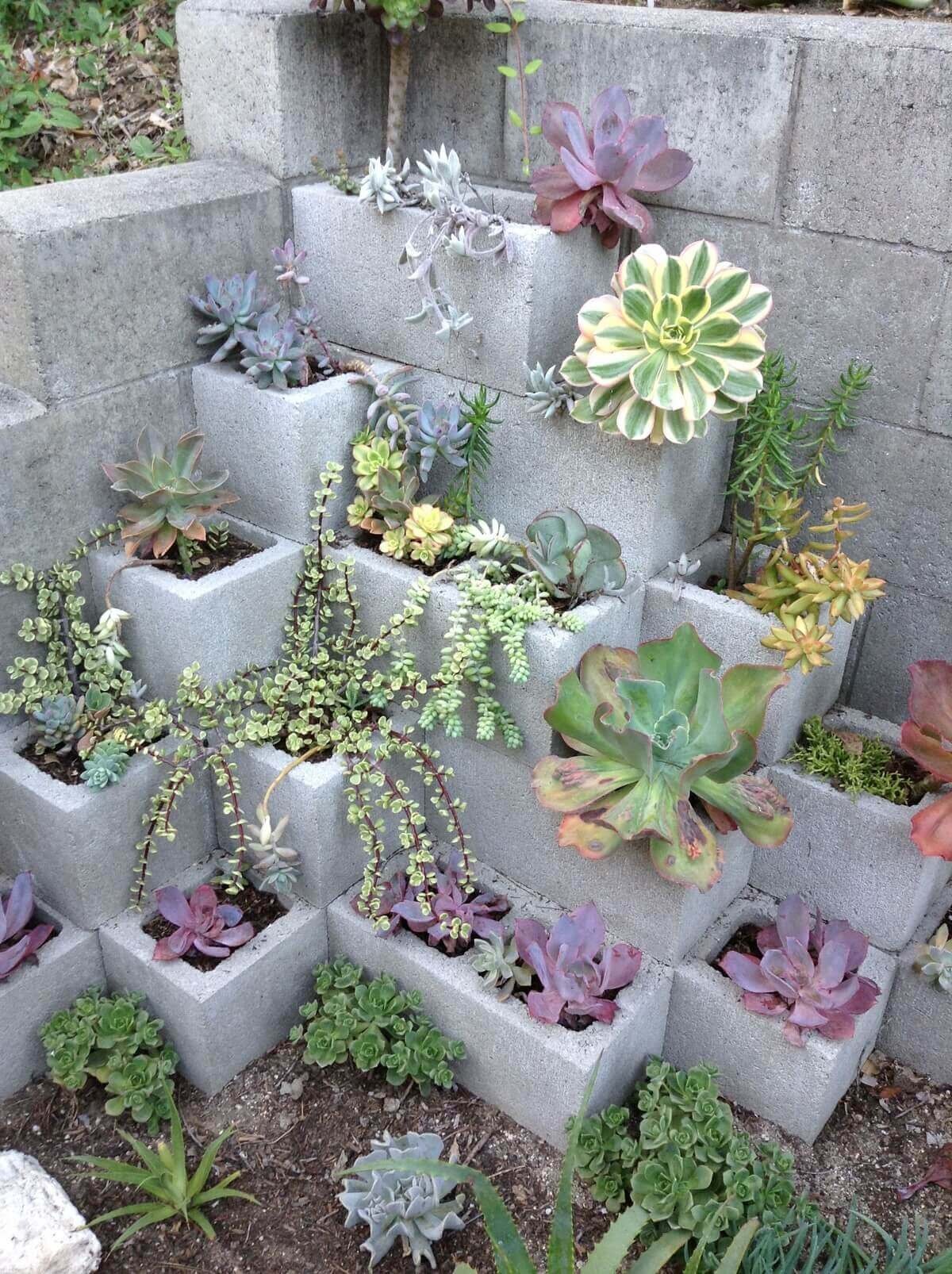
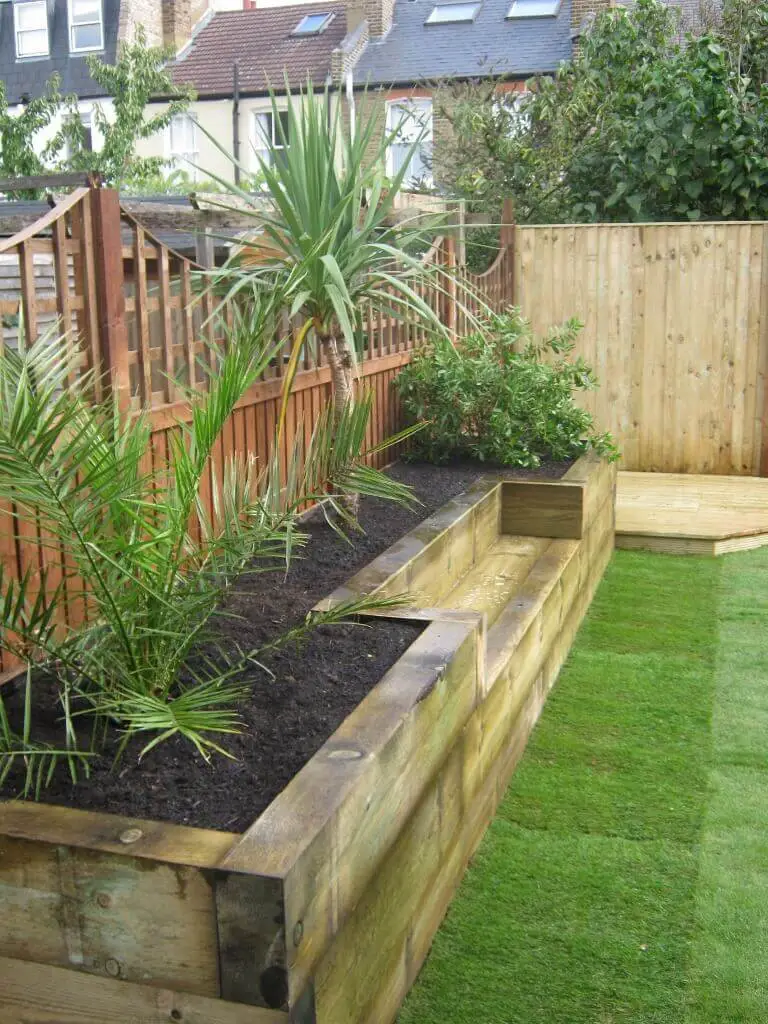
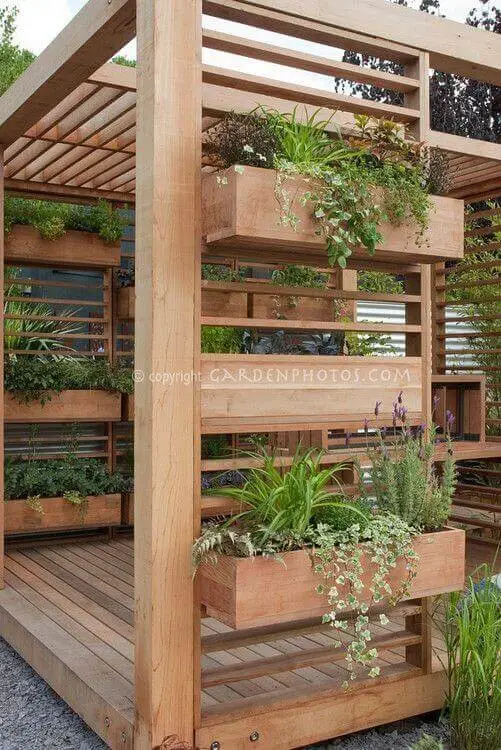

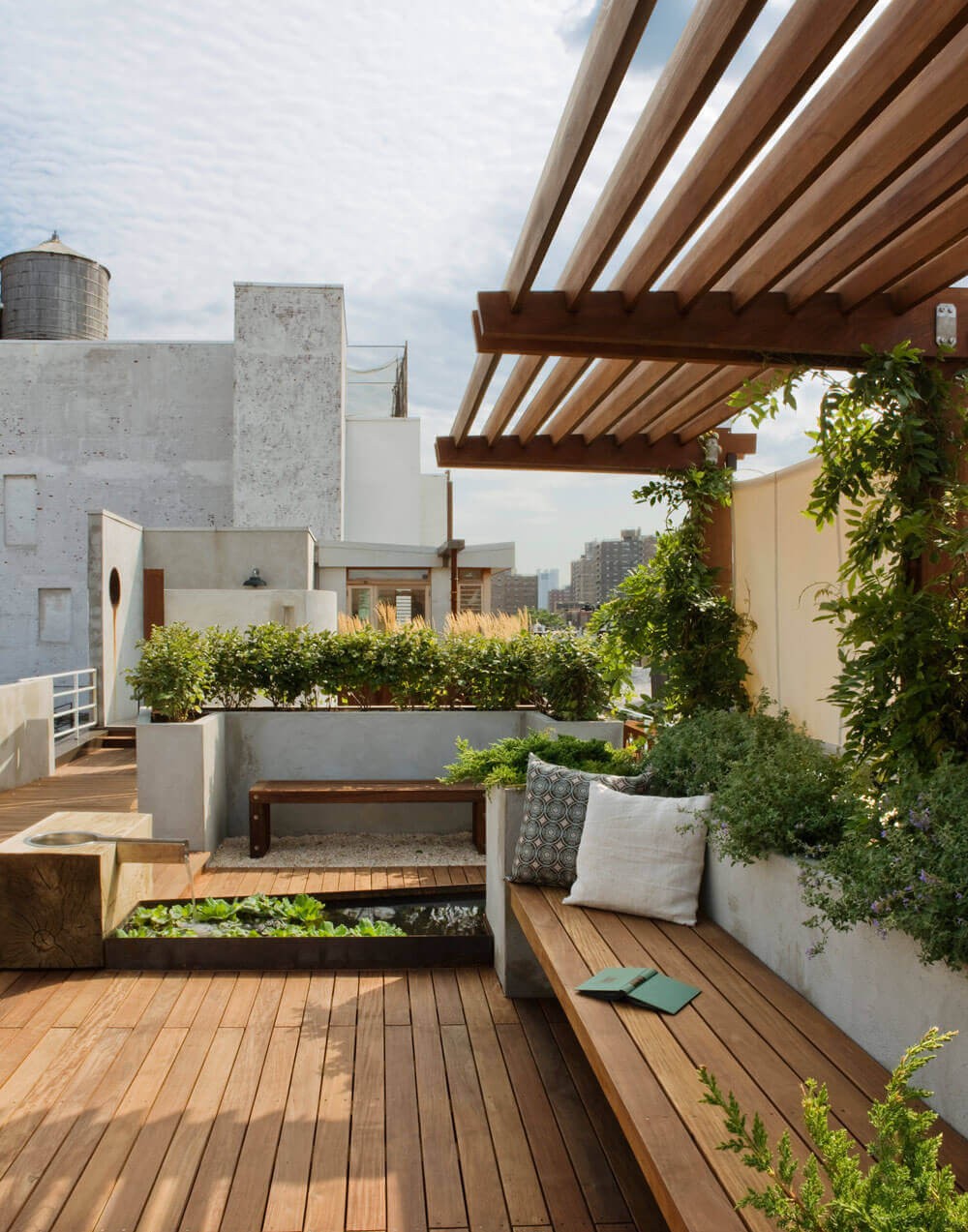
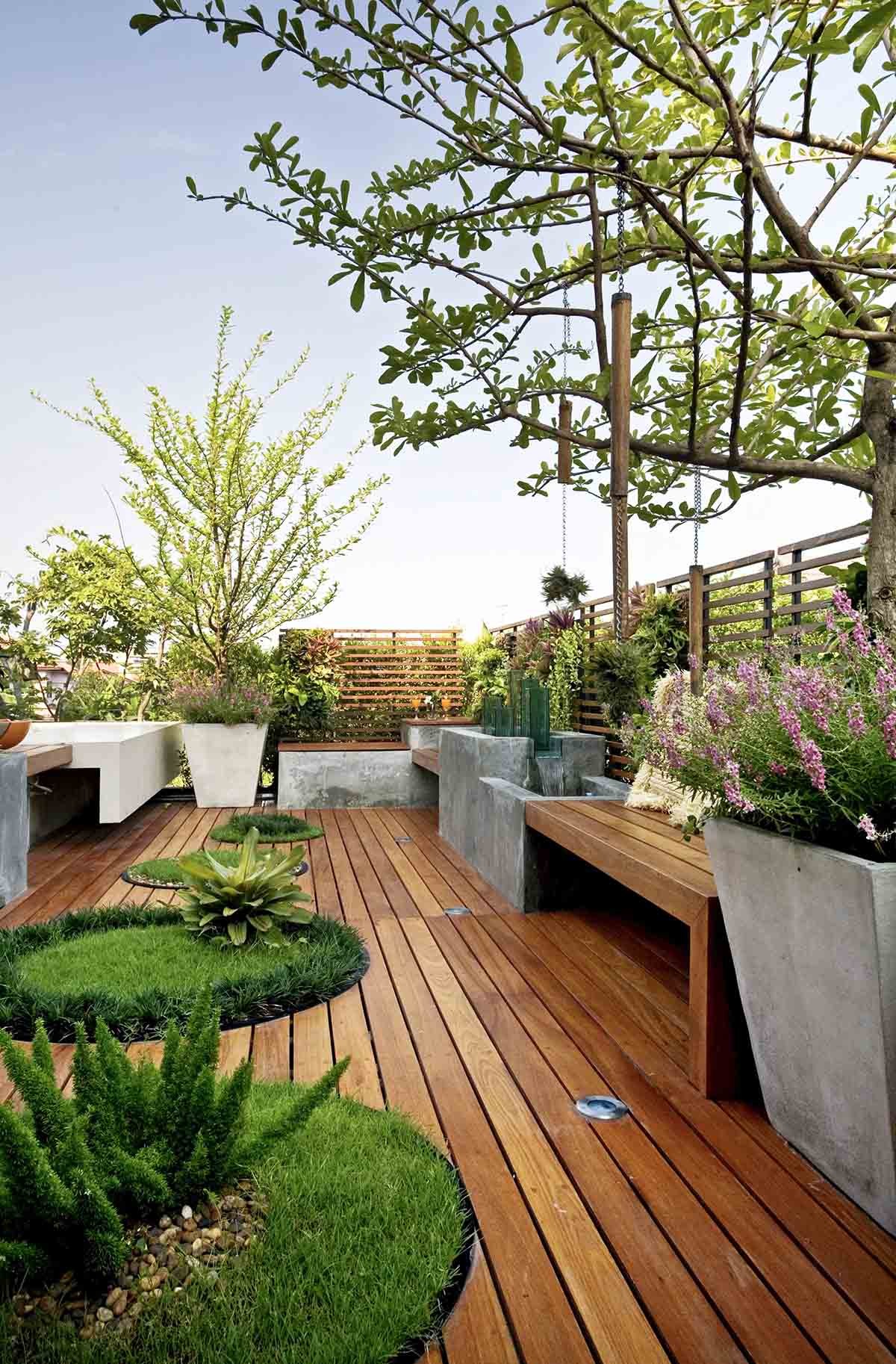
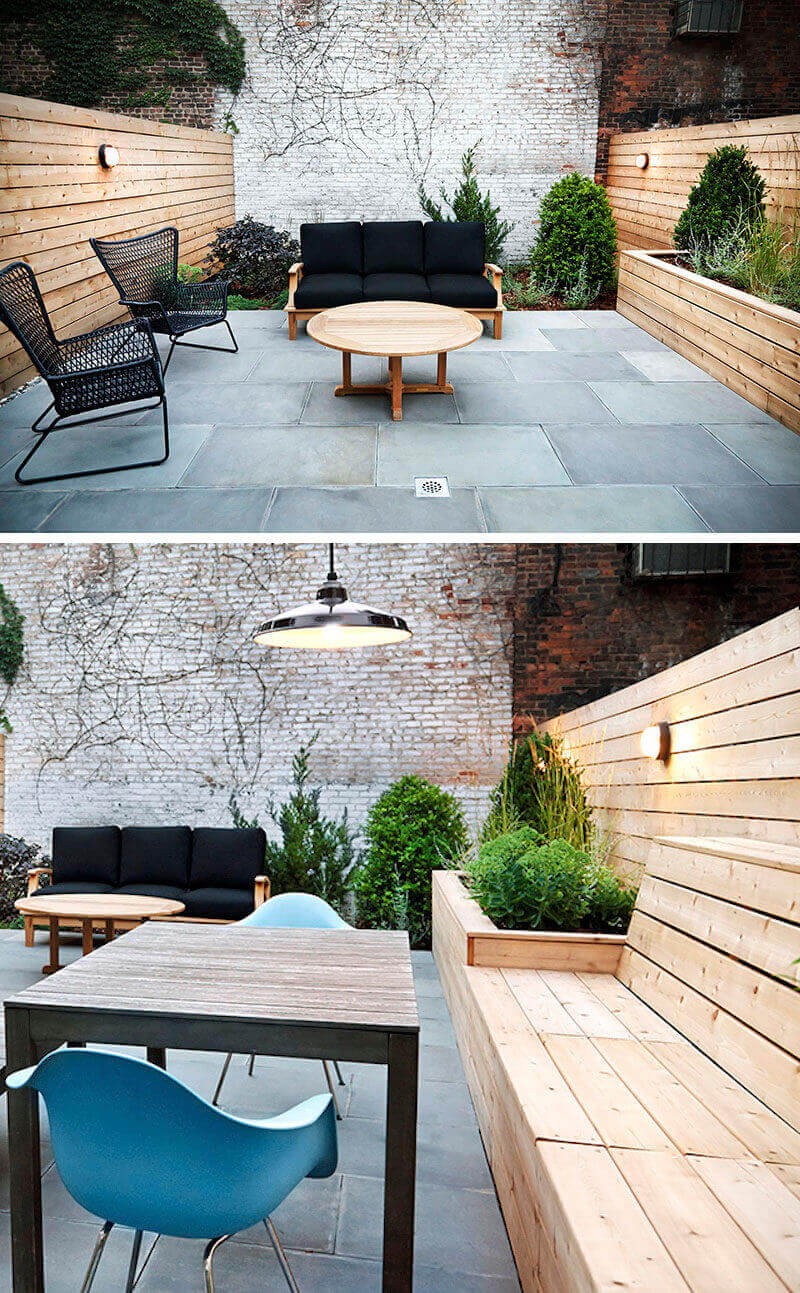
Upcycling planters from discarded materials is a creative and sustainable way to bring some greenery into your life. With a little imagination, you can transform old pallets, barrels, or tires into unique and functional planters. Here’s how:First, choose an upcycle material that resonates with you. Then, prepare it by cleaning and removing any nails or rough edges. If needed, modify the shape to fit your desired planter design.
Next, ensure proper drainage by adding holes at the bottom of the planter. This will prevent waterlogged soil and keep your plants happy. Finally, get creative and customize your planter with paint or decorations as you see fit. These DIY upcycled planters not only add a touch of personality to your living space but also provide the satisfaction of creating something with your own hands.
Whether you’re crafting a simple indoor planter or a multifunctional outdoor planter, these projects are an excellent way to get creative and bring more greenery into your life.
Maintenance Tips for Planter Boxes
A. Watering Systems and Solutions
Maintaining optimal moisture levels is crucial for plant health. To ensure your plants receive the right amount of water, consider these strategies: While away from home, self-watering systems provide consistent hydration. This setup delivers a steady supply of water directly to the roots. For a more controlled approach, drip irrigation can be an effective method, providing a trickle feed that targets the roots.
Alternatively, manual checks allow for hands-on control, where you monitor soil moisture and water as needed.
B. Seasonal Care for Indoor and Outdoor Planters
As the seasons change, so too do the needs of your planters. To ensure they thrive, it’s essential to adapt your care strategies accordingly.
In the spring, take the time to refresh your planters with new soil and fertilizer, providing a nutrient-rich environment for new growth. As summer arrives, make sure your plants are well-hydrated and protected from the intense heat of the sun.
In the fall, remove any spent plants and add a layer of mulch to protect your perennials from the cold temperatures that come with the season’s change. Finally, in the winter months, consider relocating your outdoor planters indoors or providing them with covers to shield them from frost and freezing temperatures.
C. Dealing with Pests and Common Issues
To maintain the well-being of your plant life, it’s essential to be vigilant about detecting pests and diseases. This can be achieved through regular inspections, where you thoroughly examine your plants for any signs of infestation or infection. If you notice any issues, don’t hesitate to use natural remedies or homemade solutions to treat the affected areas. Additionally, proper pruning is crucial in preventing the spread of disease by removing dead or infected parts of the plant.
By incorporating these maintenance tips into your routine, you’ll be able to keep your planter boxes looking vibrant and productive all year round.
Conclusion
Planter boxes have the remarkable ability to transform both the appearance and functionality of your living spaces, making them an excellent choice for garden enthusiasts and novices alike. By integrating these green elements into indoor or outdoor areas, you can create a natural oasis that not only adds beauty but also contributes to a healthier environment. The versatility of planter boxes is what makes them so appealing.
Whether you’re looking to add some greenery to your window sills, balcony rails, or any other space, there’s a planter box solution to suit your needs. Moreover, the possibilities for creative expression are endless, from edible garden walls to succulent installations. The DIY projects we’ve explored offer a hands-on approach to enhancing your environment, allowing you to express yourself and add personal touches to your living spaces.
Additionally, our maintenance tips ensure that your green investments remain thriving and healthy. In essence, planter boxes are more than just containers for plants; they’re a canvas for creativity, a medium for sustainable living, and a reflection of your personal style. They encourage us to connect with nature and integrate it into our daily lives, regardless of the size or location of our homes.
As you begin your planter box journey, remember that each plant you nurture is a step towards creating a greener, more serene living space.
References and Resources
A. Books and Websites for Further Reading
For those seeking to deepen their understanding of planter boxes and gardening, a vast array of resources awaits. One way to get started is by delving into written works such as Edward C. Smith’s ‘The Vegetable Gardener’s Container Bible’ or Jessica Walliser’s ‘Container Gardening Complete’, which offer comprehensive guidance on cultivating plants in compact spaces.
In addition to these printed materials, online platforms like the National Gardening Association provide a treasure trove of articles, step-by-step instructions, and plant directories. This wealth of information can be leveraged to enhance one’s knowledge and skills in planter box gardening.
B. Local Gardening Clubs and Workshops
When seeking to connect with like-minded individuals who share your passion for gardening, local communities offer an excellent opportunity to gain hands-on experience and expert advice. One way to do so is through gardening clubs, which provide a platform to network with fellow enthusiasts and participate in events organized by reputable organizations such as The Garden Club of America.
Alternatively, many local nurseries and botanical gardens host workshops where you can learn about various gardening techniques and design principles from experienced professionals. These interactive sessions not only enhance your knowledge but also offer a chance to share your own experiences and tips with fellow gardeners, fostering a sense of community and camaraderie.
C. Online Forums and Communities for Gardeners
Online communities offer a wealth of opportunities for garden enthusiasts to share knowledge, swap tips, and build connections. This collaborative atmosphere fosters growth and learning, allowing individuals to stay up-to-date on the latest techniques and best practices in gardening.
One way to tap into this collective wisdom is through online forums, such as GardenWeb’s extensive collection of discussions centered around various aspects of gardening.
These platforms provide a space for users to ask questions, share their experiences, and learn from others who have faced similar challenges.
Social media also plays a significant role in connecting gardeners worldwide. Platforms like Twitter and Flickr enable users to follow other enthusiasts, engage in conversations, and share photos and videos of their planters and gardens.
By participating in these online communities, individuals can build relationships with like-minded people who share their passion for gardening.

